Don’t let the media dictate Louisiana’s culture
Louisiana citizens being portrayed as camouflaged, jolly bayou travelers on reality television has impacted not only American culture, but the influence Louisiana has worldwide.
Since Hurricane Katrina, media and film industries have become a vital part of Louisiana’s “Hollywood fame.” A&E’s Duck Dynasty and Billy the Exterminator are two examples of trendy reality television shows centered in Louisiana. The most popular example is likely the History Channel’s Swamp People.
Although these reality shows exhibit the beauty of Louisiana’s swampy terrain, the amount of American TV consumption and the power media has in today’s world has shifted the focus from the many diverse lifestyles the state possesses to a single perspective. Instead of being known as the most distinctive state in United States, reality shows depict the entire state as gun-hauling swamp people who wrestle gators daily and eat anything they catch in the backyard.
Obviously, this it not true. Louisiana is known for a lot more than just tussling with gators, and should be nationally known for setting unique trends in cultural history.
For example, the Watson Brake Culture, located in Ouachita Parish, is one of the greatest archaeological discoveries to date. Watson Brake occupies northern Louisiana and is perhaps the oldest mound culture in the Western Hemisphere. Its human-made mounds located in the floodplain of the Ouachita River near Monroe are the earliest dated complex constructions in the Americas.
To many who are interested in filming beautiful landscaping in Louisiana, mounds dated from 3400 B.C. might not get the highest television rates, which is why most of the shows that fit the stereotypical idea of Louisianans include one key element: water.
The swampy waters being a favorite scene for film industries is understandable. Louisiana exists physically, economically and politically due to the Mississippi River. The river literally created the state by carrying silt downstream over time and forming land around its mouth. First with native Indian tribes and later Europeans, the Mississippi River was a critical travel route from Canada and the Great Lakes down towards Louisiana’s swamps and into the Gulf of Mexico. Louisiana sits in a vital position of the continent, giving it strategic value that caused the French-Spanish rivalry in the eighteenth century.
Louisiana’s history covers more than can be easily summed up, from the Louisiana Purchase doubling the size of U.S. territory to clashes between cultures for the legendary territory. It includes slave revolts bringing in refugees from Haiti in 1791 and also former slave P.B.S. Pinchback becoming the first black American governor in 1872. It includes the dominance of Gov., Huey P. Long that almost forced president Franklin D. Roosevelt to put the state under martial law, and also central Louisiana being chosen for the largest military exercise in U.S. history in preparation of World War II. It includes when Voodoo brought in slaves from Africa that amalgamated with French Roman Catholicism and native Indian belief and also the annual Mardi Gras festivities known for great food, especially seafood.
The Louisiana portrayed in today’s media displays a lifestyle most popular in the lower, southern part of the state. Regions most familiarized on film are areas such as New Orleans and Vicinity, down towards where the state cuts off from the Gulf of Mexico around Atchafalaya, the largest bayou swamp in the United States.
All the different regions of Louisiana each share its own uniqueness that comes together, making the state beautiful. The heritage and charisma of New Orleans and Vicinity, Plantation Country, Crossroads (Central) Louisiana, Sportsman’s Paradise (Northern Louisiana), Cajun Country and the Florida Parishes each have a part in what makes this state unlike any other.


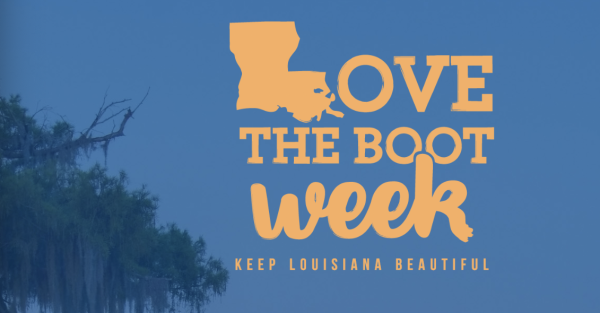
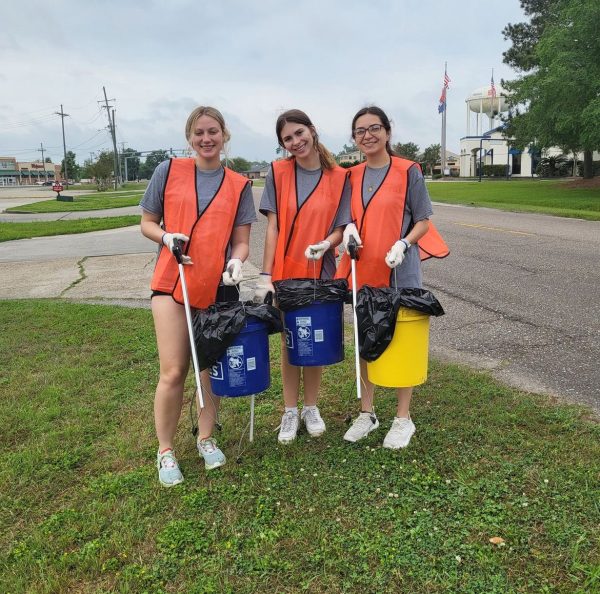
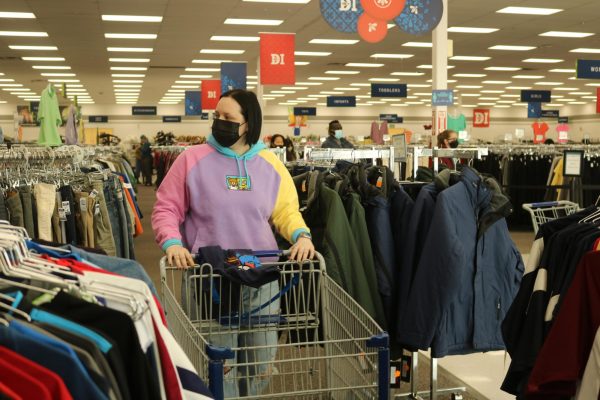

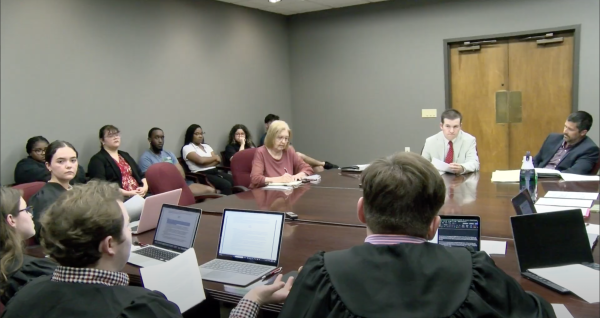



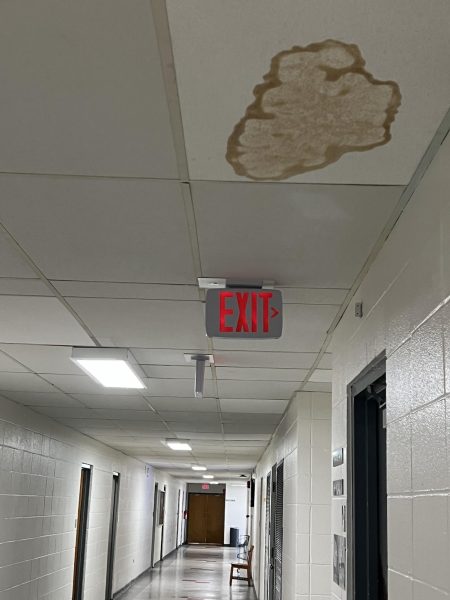

![Nicholls Garrett Felix [#6] advances to first base after drawing a walk against Louisiana on April 2.](https://thenichollsworth.com/wp-content/uploads/2024/04/FelixWalk-at-UL-600x400.jpg)
